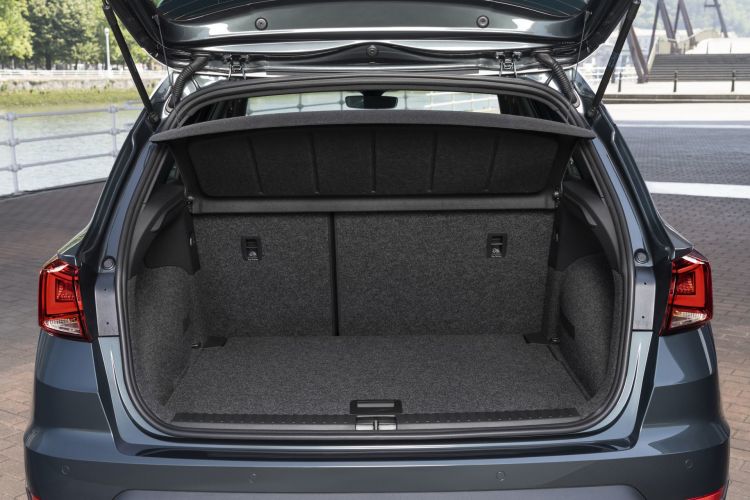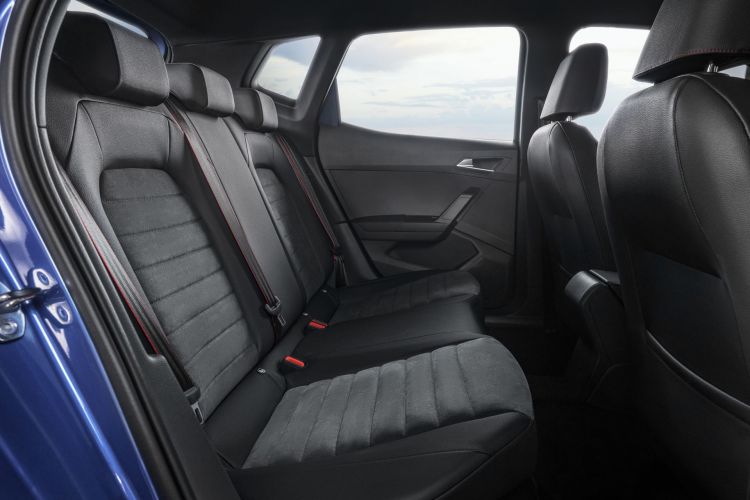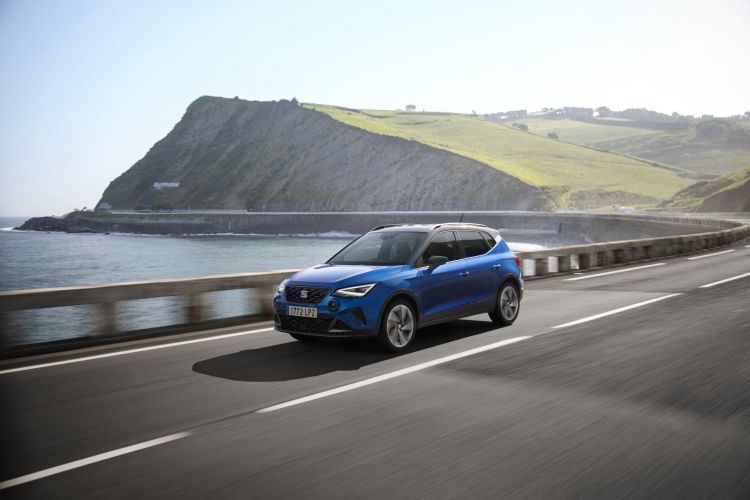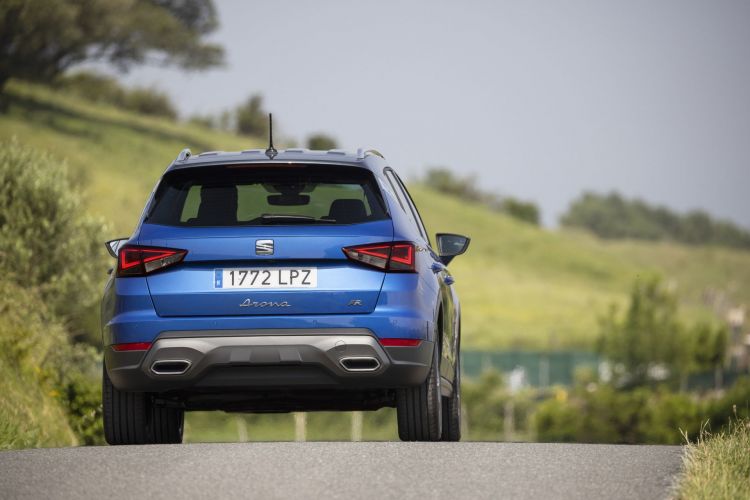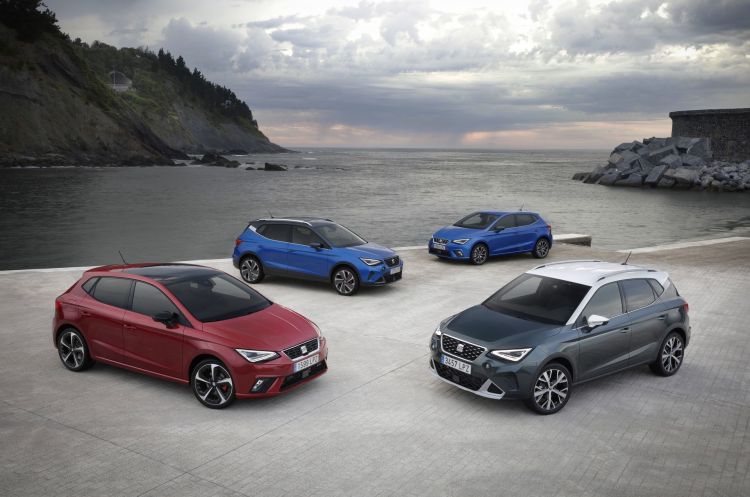The SEAT Arona was launched on the market in the distant year 2017, and in 2021 it received a facelift. As it enters its sixth year of commercialization, we wonder if it is still a relevant product, especially in the face of a constant flow of launches in one of the hottest segments of the market: the B-SUV or urban crossover. In this article – and its corresponding video proof – we will talk about the SEAT Arona 2023 and we will tell you about the 5 things that we like the most, and the 5 that we like the least.
The facelift that the SEAT Arona received in 2021 was relatively light. Outside, beyond new colors and wheels, it received a new grille and small headlights integrated into the bumper, as well as new rear bumpers and a new version of Xperience with a more adventurous look. The most important changes focused on its interior, with a dashboard now made of soft plastic, a larger screen for the infotainment system and curious details such as backlit vents on the dashboard.
The tested version is an FR finish, with a 150 CV 1.5 TSI engine.
With these changes, the SEAT Arona feels relatively fresh, but it has a design that we could consider relatively conservative.
5 things we like
excellent dynamics
The SEAT Arona is the most dynamic urban crossover in the segment, without going into sports versions. It shares the platform and mechanics with the SEAT Ibiza, and has a very agile set-up for its frame. It is a light car, with a relatively communicative direction and a mechanic, in this unit, of 150 CV. It has very agile features and we can even ride at high speeds on a twisty section. The counterpart is a firm suspension that can bother the passenger on broken firm, even though it is correct for day to day.
The tested version has an FR trim and the most powerful engine in the range.
good trunk
Although it only measures 4.14 meters in length, the SEAT Arona can boast of a trunk with a volume of 400 liters. It is a larger trunk than that of a SEAT León. Its shapes are very regular and it has a wide loading mouth, in addition to being located at a correct height from the ground. The loading tray is flush with the loading mouth and can be placed at a lower height if we want to obtain a little more space. It has a biscuit-type spare wheel and a flat surface is formed when the rear seats are folded down.
top notch technology
The SEAT Arona has a 10.25-inch digital instrumentation. It is one of the best on the market, and it is thanks to its fluidity, its resolution and its brightness, but also thanks to its multiple views and the enormous customization possibilities it offers. The infotainment team also positions the Arona above the segment average at a technological level. Their screens are up to 9.2 inches and they hold a lot of information. They have improved in fluency since launch but have a bit of a learning curve: it will take us a while to master the system.
They have Apple CarPlay, Android Auto and remote connection to the car through an app.
good rear seats
Although it is a small car, the rear seats of the SEAT Arona are more than correct. It is easy to get in and out of them, and the greater height of the car makes life easier for us if we have to load or unload a child from a child seat, without going any further. The space levels are very satisfactory in the side seatsbut we must take into account that the central square is narrower: it is only suitable for a child or an adult on short journeys – two adults travel better than three on the rear bench.
Reasonable price
New cars have become more expensive alarmingly, and the SEAT Arona is no stranger to this trend. Fortunately, it is the second cheapest car in the SEAT range, and in relation to its most direct rivals it has reasonable prices, and in general, even lower. The SEAT Arona starts at 18,650 euros for an access version, with good equipment and 95 CV gasoline mechanics. It is cheaper than a Hyundai Kona, a Renault Captur or a Volkswagen T-Cross.
5 things we don’t like
It does not have an ECO label, only with CNG
If we want an ECO label on the SEAT Arona, we can only choose a 90 CV TGI version, powered by compressed natural gas. This version was interesting as the CNG had reasonable prices, but today, the cost of fuel has skyrocketed because of the conflict between Russia and Ukraine. To this must be added a poor supply network and an auxiliary fuel tank that is too small. Today, it’s not worth it.
No diesel or electrified alternatives
That the car does not have a diesel engine is even understandable in its segment, and knowing the market. However, the biggest complaint is that we lack any electrification in the SEAT Arona. There are no light hybrid versions, there are no full-hybrid versions, there are no plug-in hybrids and there are no pure electrics. As of today, a car in the B-SUV segment without electrification is at a competitive disadvantage compared to the most recent launches.
Rivals like the Hyundai Kona or the Renault Captur have several electrified versions.
It does not have the option of mounting all-wheel drive
The SEAT Arona is based on the MQB A0 platform, and shares the frame and mechanics with the SEAT Ibiza. All Aronas are front-wheel drive, and there are no all-wheel drive versions. All-wheel drive is rare in the segment, but some of its rivals do offer the option. However, the SEAT Arona has a generous 19 cm of ground clearance. He will not win the Diariomotor 4×4 World Cup, but he will be able to leave the asphalt with certain guarantees, especially on tracks in good condition.
It is a veteran product
The Arona is not a product of rabid news. He’s more of a veteran. Many of its direct rivals have been released later, and in a segment where novelty is an important part of a fundamentally emotional buying decision, it’s something to keep in mind. Marketing sells us that new is better, and although it is not necessarily so, it is a philosophy that has deeply penetrated the car market.
Poorly maintained rear finishes
It is one of the most recurring complaints in the SEAT crossover. The finish of the rear doors is poor compared to the front ones. The problem is not that the door is entirely finished in hard plastic – the front one is also trimmed in the same material – but rather that it does not have the same trims as the front doors. What’s more, it doesn’t even have the padding to support the elbows that we have in the front door. It feels really poor in comparison and is a bit of a crude cost saver.
In a nutshell
After having tested the SEAT Arona once again, it is clear to me that it is a very balanced and practical carIn addition to being one of the most suitable crossovers if we like to have fun behind the wheel of a car. However, I think it is a car with two major drawbacks at the moment. The first is its seniority, perceived by its potential customers and the market. But the most pressing drawback is that it lacks micro-hybrid versions, and given an imminent scenario of implementation of low emission zones, this represents a significant handicap.
I also want to mention that it is a product with no future renewal prospects, at least for now. The future of the SEAT Arona, and that of its own brand, are not entirely clear. At the moment, there are no plans to launch a second-generation SEAT Arona, nor to evolve it deeply on a technical level. From SEAT we are assured of the future of the brand, but it is clear that the focus of investment in new products, in marketing and in communication efforts, is in CUPRA. Be that as it may, the SEAT Arona will be the best-selling urban crossover of the year in Spain in 2022.
Photos of the SEAT Arona and SEAT Ibiza

